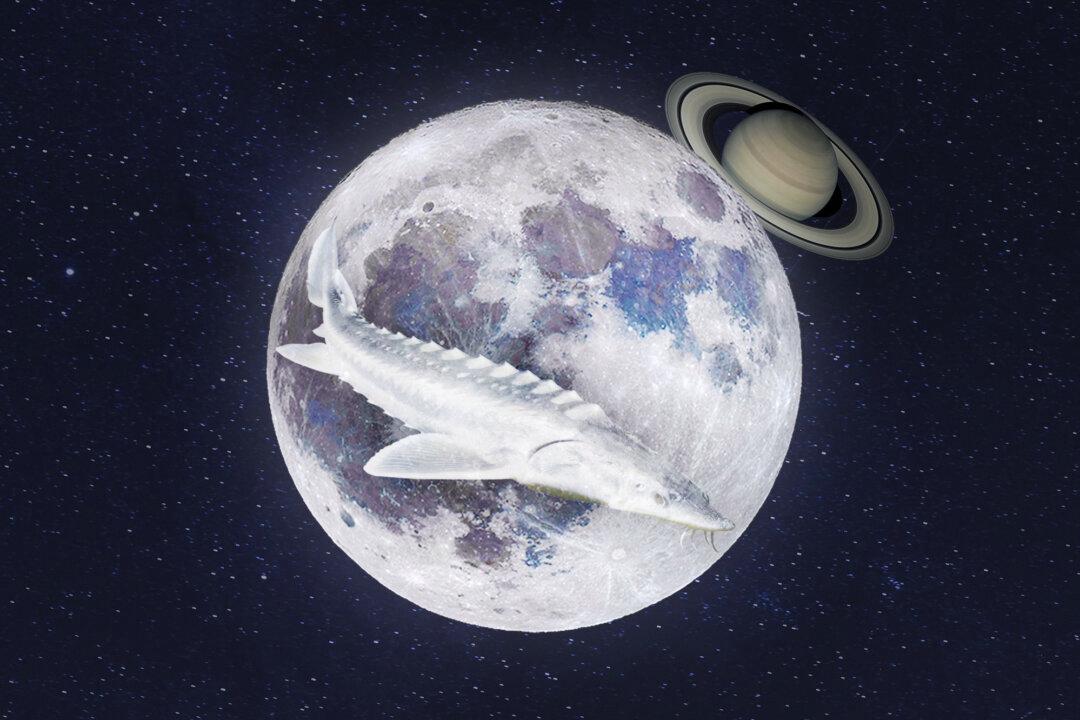We just saw one of the year’s best meteor showers blitz by Earth with the Perseids—but as summer stargazing wanes into August, the night sky isn’t done, for the first supermoon of 2024 rises in just weeks.
This “supermoon,” the first of four this year, will not only be larger than average (they can appear up to 7 percent larger); it will be made even rarer by the fact that it will also be a blue moon. Traditionally, the August full moon has also been called a Sturgeon Moon. And this moon will overlap the planet Saturn, so there is plenty of moon talk to be had this summer.






